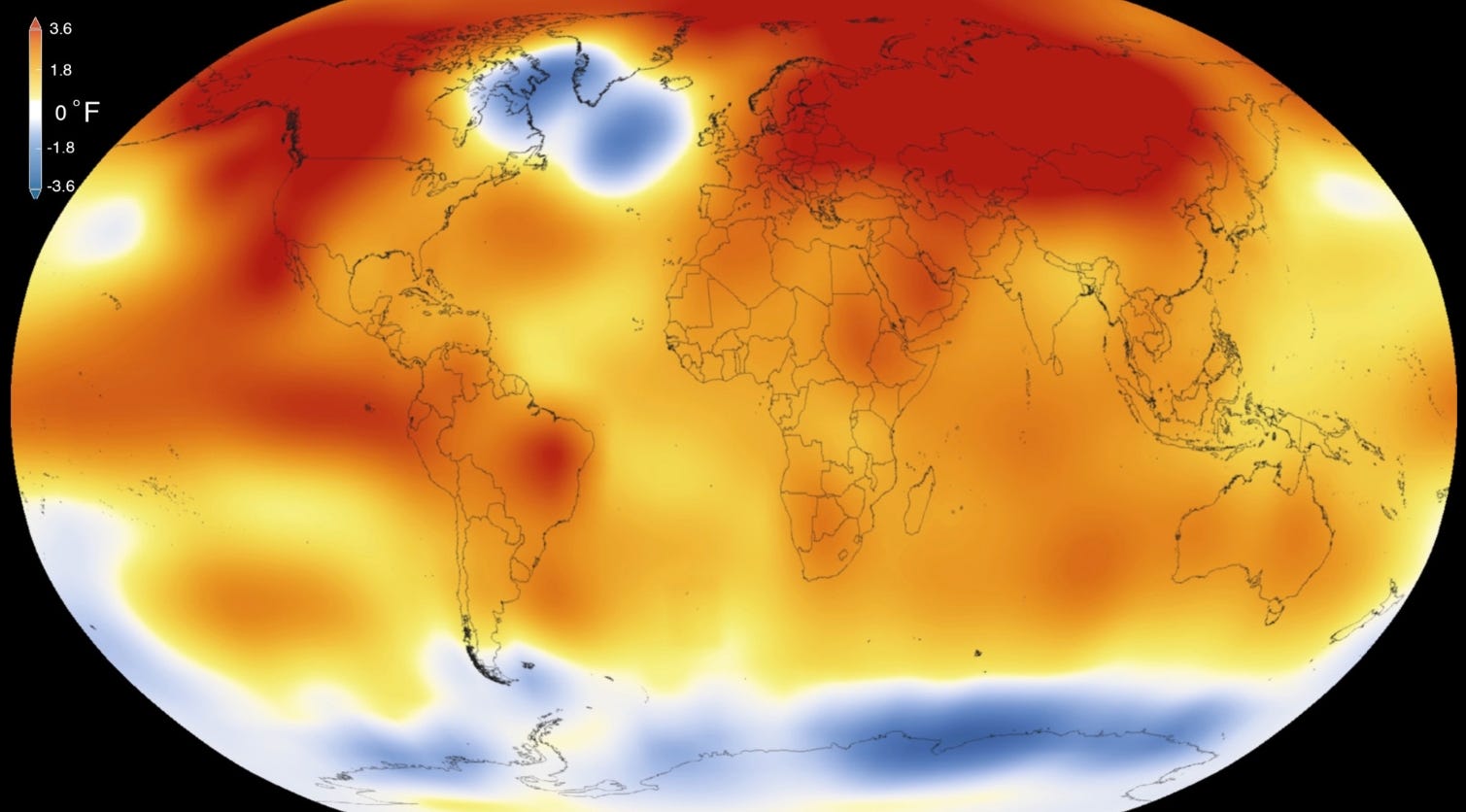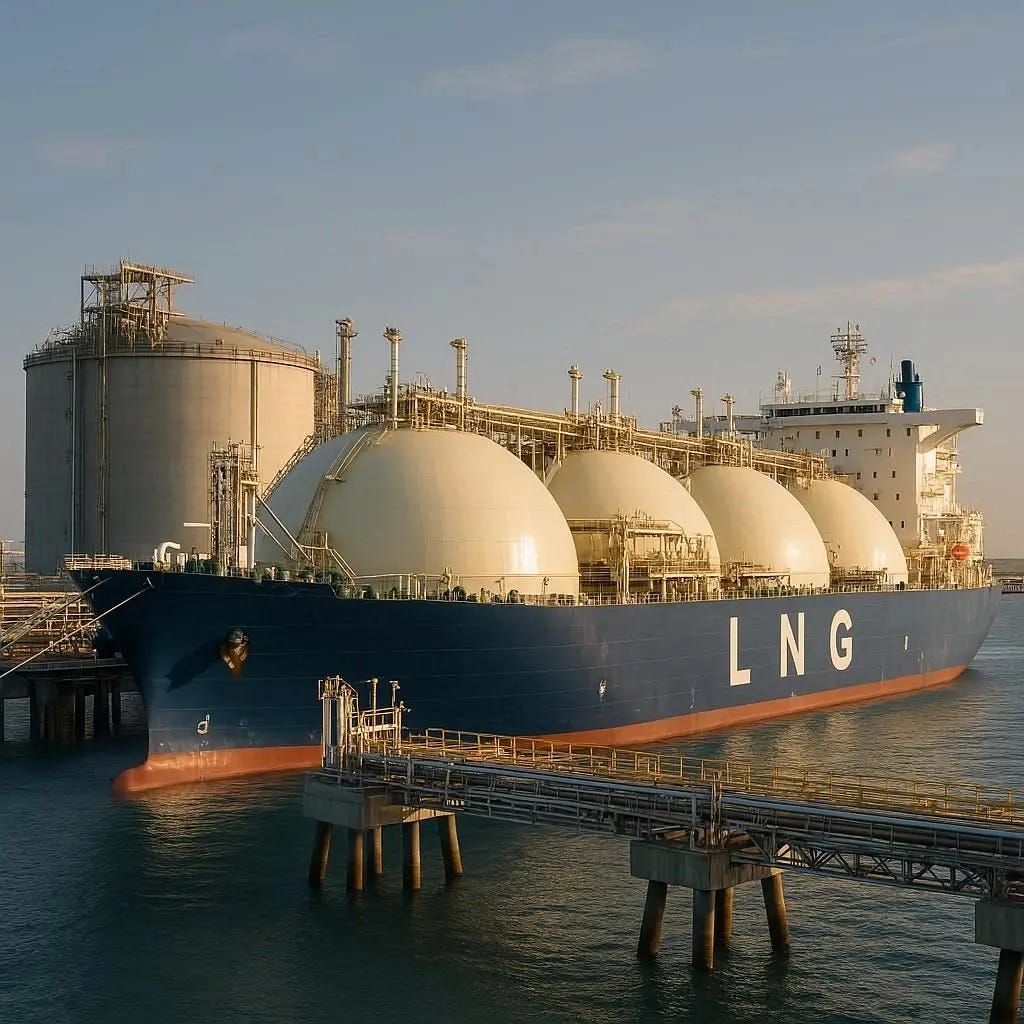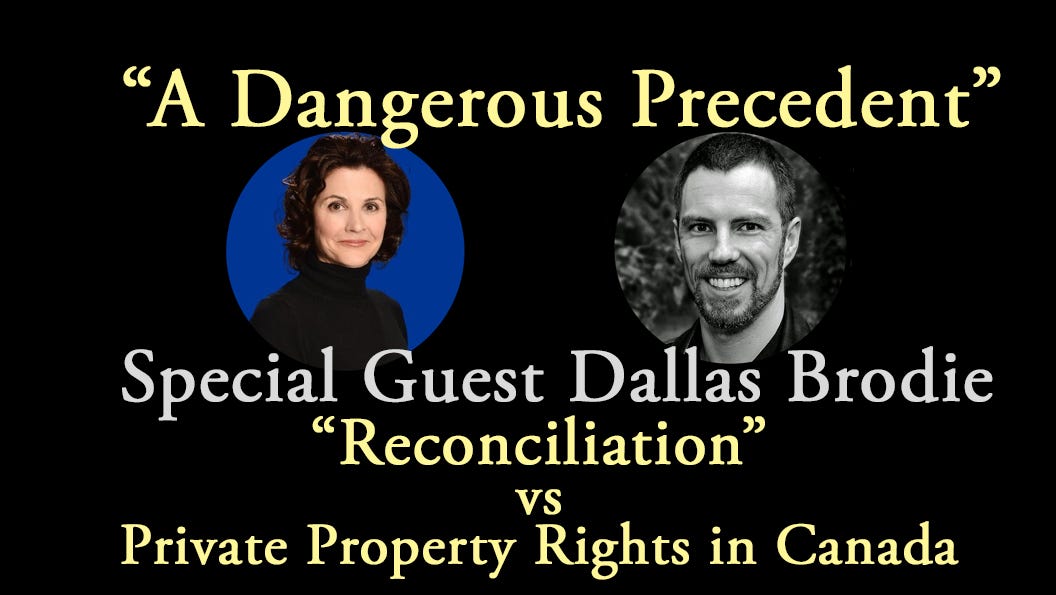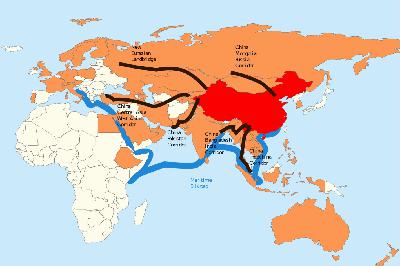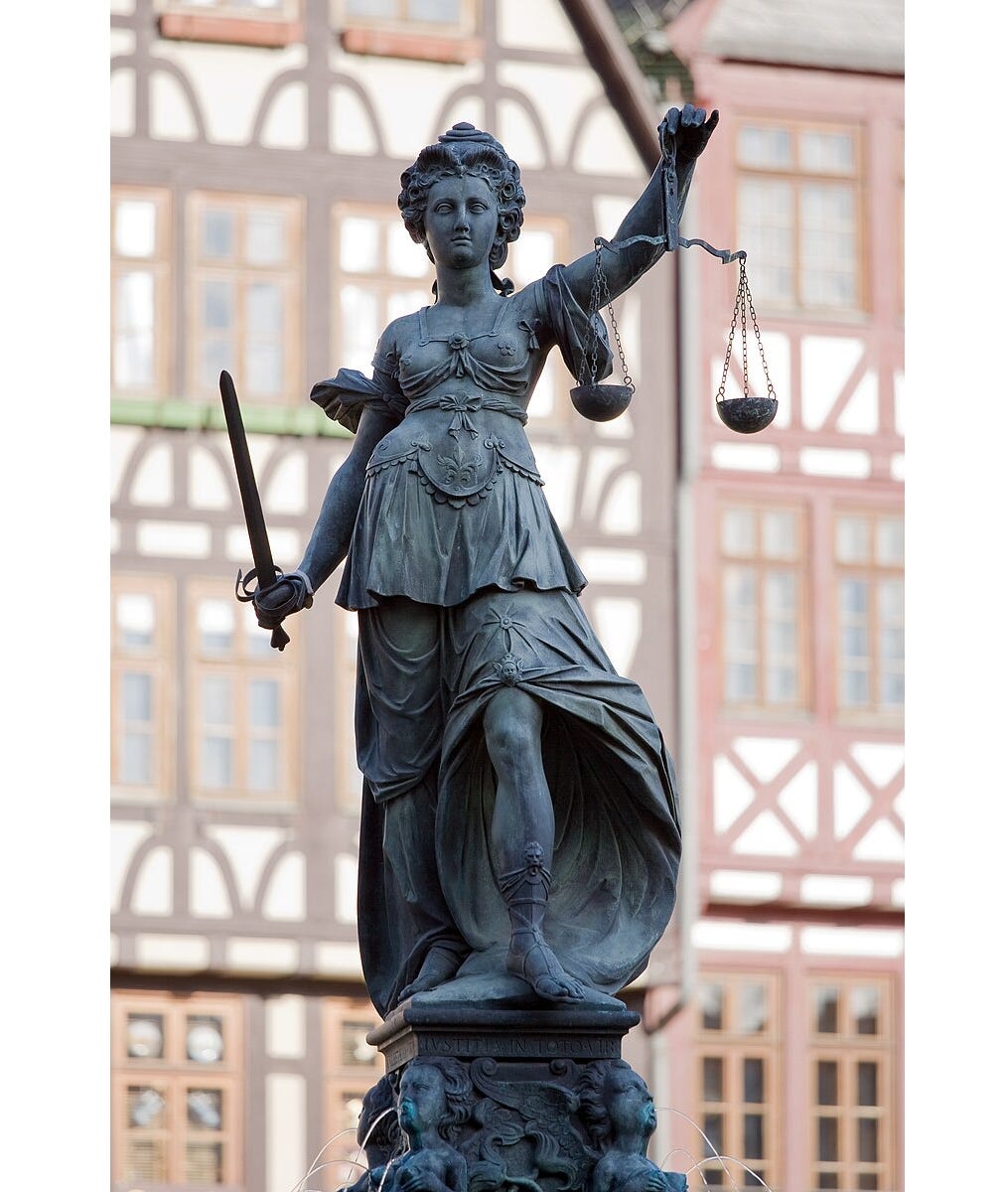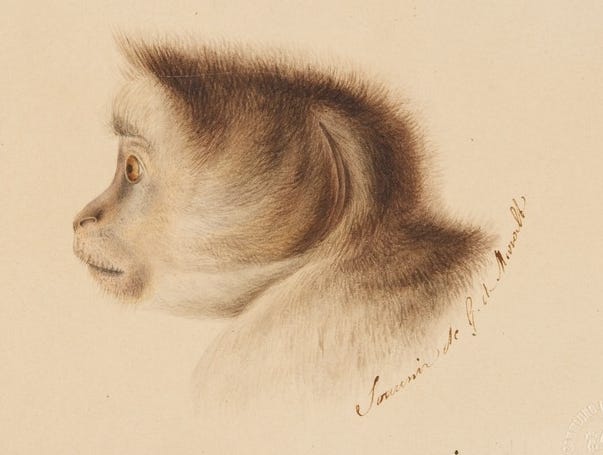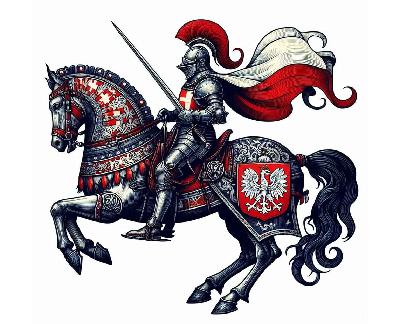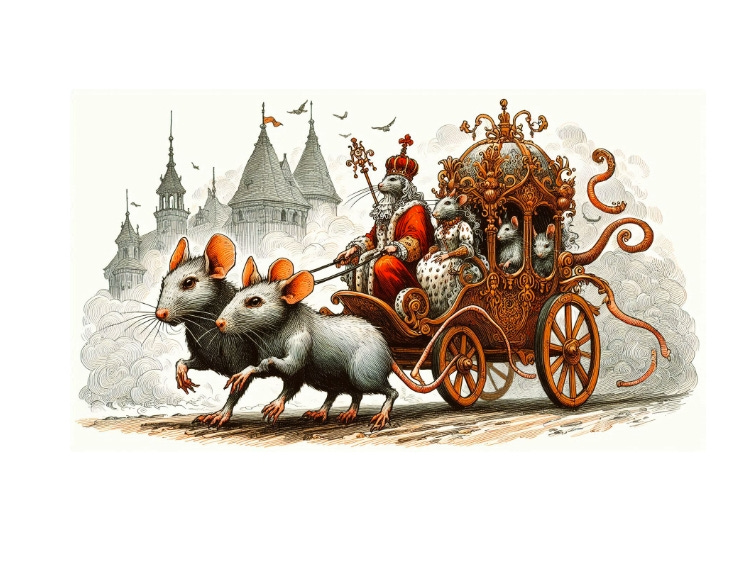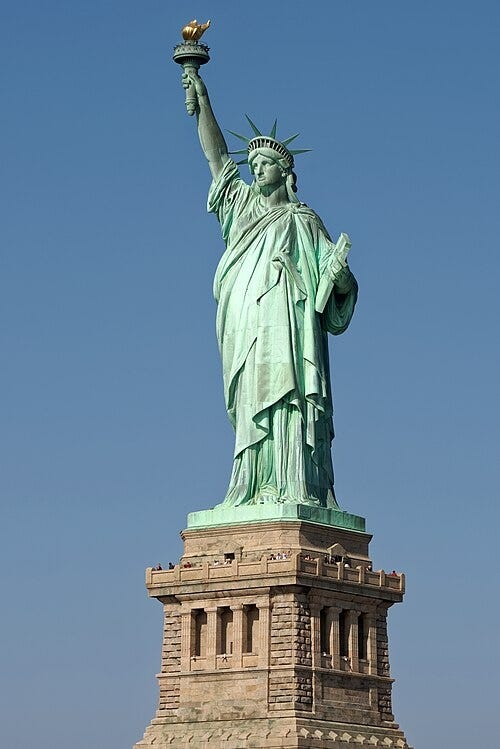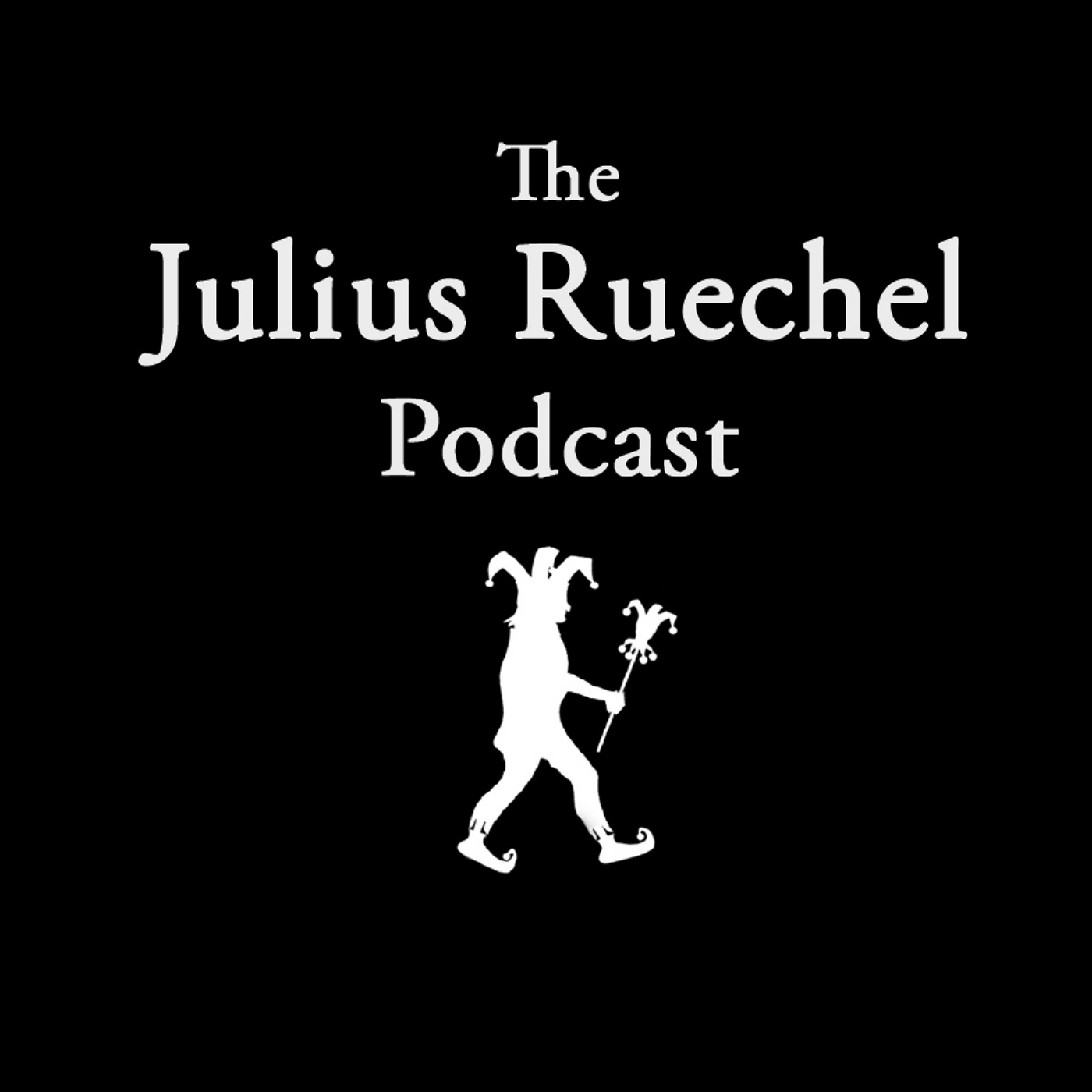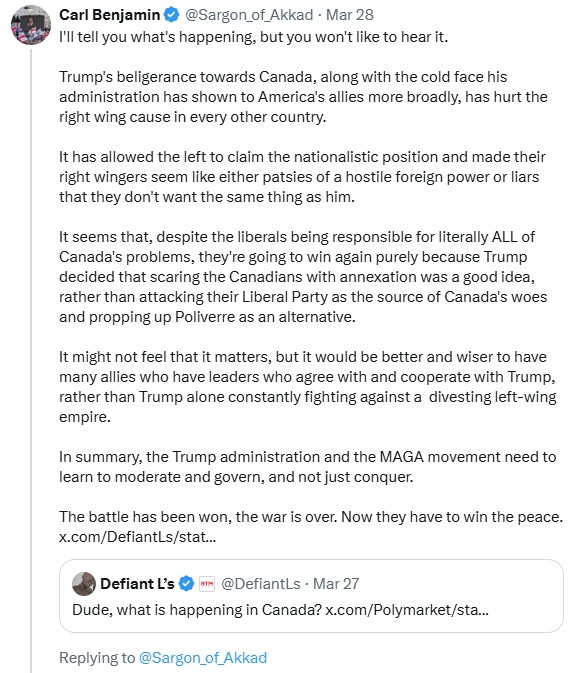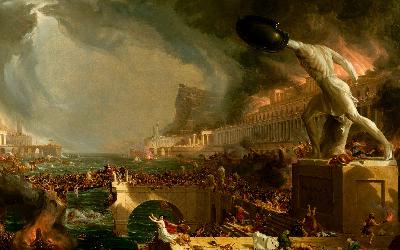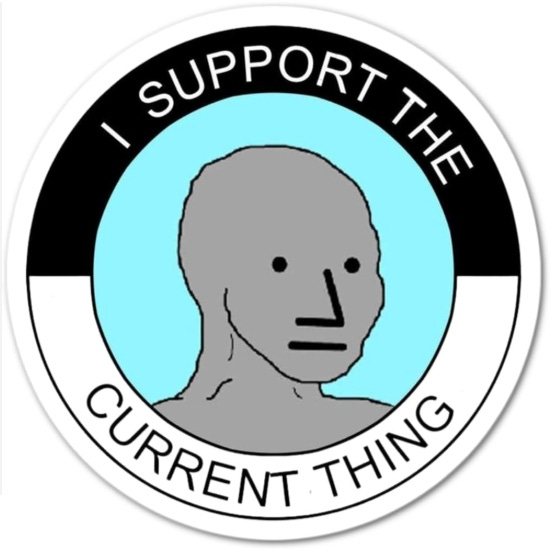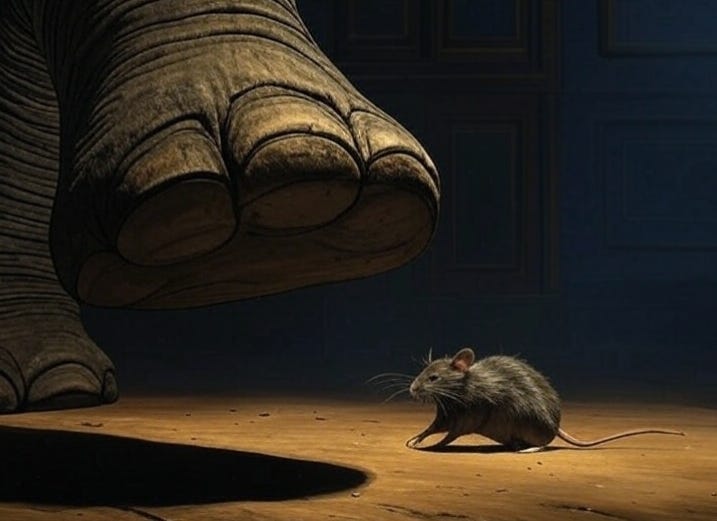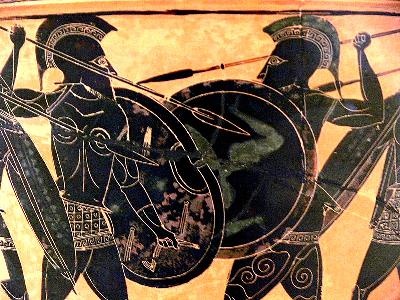A mind too broken to repair.
Description
How do you de-program a mind that has succumbed to ideology, mass hysteria, or propaganda?
And how do you fix an entire society once the “cult” goes mainstream?
~ ~ ~
Before we turn to the unpleasant business of population-scale deprogramming, I want to begin with a revealing story about a repulsive yet pitiable old man that I briefly stumbled across many years ago who had so firmly fused his identity to a radical ideology during his formative years that, even decades after his peers had all moved on, he spent the rest of his unhappy and isolated life trapped inside that ideology to shield himself from the psychological void of having to sever his identity from those beliefs.
~ ~ ~
Fresh out of high school in the early 1990s, I spent several months apprenticing on a cattle ranch in Namibia. On one occasion, my host invited me to join him on a drive to another distant Namibian farm to deliver a piece of machinery. It was a beautiful drive and a chance to see more of Namibia’s stark and harsh Kalahari beauty.
By that time, SWAPO’s guerilla war against the South African government was over, Namibia had gained independence from South Africa (in 1990), and South Africa’s withdrawal marked the end of apartheid in Namibia. A cautiously hopeful and reconciliatory mood had replaced the fear and repression of the previous era.
And yet, in marked contrast with everywhere else that I travelled across Namibia, driving onto that distant Namibian farm was like stepping into another world.
We arrived at nightfall. Driving into the dusty farm compound, we were surrounded by razor-wire fences, stern armed guards, and a snarling mass of rottweilers. And it was all lit up by massive flood lights mounted all along the tops of the fence posts. This Namibian farmer lived in perpetual fear.
While that heavily fortified compound might be normal today in the dangerous failing state of South Africa, the contrast with the rest of the society I encountered in Namibia in the early 1990s was so stark that I made some brief comment about it to my host as we drove in. He acknowledged that this old farmer was “a little off in the head”. And then, before jumping out of the truck to sort out the machinery, he wryly remarked, “things are even more strange inside his house — he still has a giant WWII-era Nazi flag hanging on his wall.”
… wait, what!?! 👀 And why are you even doing business with a guy like that?!?
On our drive back to the home ranch, my host went on to tell the full story of this old Namibian farmer and the circumstances that had shaped his broken mind, which I have fleshed out below with a little extra context from that era. As always, history and psychology are deeply intertwined. There is nothing random about why minds are captured by ideology or succumb to propaganda or hysteria — history creates the circumstances; human nature does the rest.
~ ~ ~
As World War I broke out, South Africa (then still a part of the British Empire), invaded and seized the neighboring German colony of Namibia (then called German South West Africa). In truth, it wasn’t much of a fight — the Kaiser had more pressing wartime concerns to attend to than a distant colony that perpetually cost his empire more money than it generated. German settlers were summarily interned in an abandoned military fort near Pietermaritzburg until the end of the war to keep them from making any trouble.
After WWI ended, the League of Nations gave South Africa a mandate to continue to administer Namibia, effectively turning the former German colony into a de facto fifth province of British South Africa.
Its German-descendant population was NOT happy about its new circumstances and resisted cultural assimilation, feeling that their Germanness was threatened, although that resistance never grew beyond cultural resistance — it never escallated to become an organized resistance movement. German-language schools and organizations sprouted everywhere to try to preserve their German cultural identity as a kind of counter-reaction against the encroachment of British and Boer culture. But beyond that, the German settlers seamlessly integrated into South Africa’s political system and even participated in both local administration and the South African parliament, though they continued to yearn for some kind of German-led political control or even to return their beloved South West Africa back to Germany. This is the cultural backdrop in which our old German-descendant Namibian farmer grew up.
When World War II broke out in September of 1939, the Union of South Africa (as it was then called, as a self-governing dominion within the British Empire), initially deliberated whether to stay neutral given the divided loyalties of its society. But then, only a few days into the war, it too decided to declare war on Germany and once again began rounding up citizens of German descent (mostly the men), which were reclassified as “enemy aliens” — especially in the former German colony of Namibia (South West Africa). Around 5,000 German men (out of a total population of around 33,000 to 40,000 Germans) were interned.
What happened next inside these internment camps is crucial to understanding this old Namibian farmer’s story. For context, most other allied Western countries behaved similarly. The United States, for example, rounded up 120,000 Japanese Americans and 11,000 German Americans and placed them in internment camps for the duration of WWII (just in case, even if they displayed no signs of divided loyalties and were fully assimilated into American society). Likewise, the UK interned around 30,000 “enemy aliens”. Australia interned around 7,000.
Even Canada interned around 24,000 “enemy aliens” in 24 separate camps spread out across the country, with a particular focus on Japanese Canadians, German Canadians, Italian Canadians, Ukrainian Canadians, and, rather bizarrely, 2,284 Jewish refugees who arrived by boat from Germany, Austria, and Italy to escape persecution (and worse) — these refugees were also classified as “enemy aliens” and were treated with the same suspicion as all the other internees because they originated in countries with which Canada now found itself at war.
In Canada’s case, the Canadian government finally apologized to Japanese Canadian internees, reinstated their citizenship, and offered them financial compensation to the tune of $21,000 each… in 1988…, one month after Ronald Reagan did the same for Japanese American internees. In neither country was this gesture extended to inlude Germans, Italians, and others who were also interned during the war.
Conditions inside these internment camps, from South Africa to Canada and beyond, were far from ideal. One of Canada’s biggest internment camps was right here in Vernon, British Columbia, not far from my home today. The national director of Canada’s internment program described Vernon as being “the most difficult of camps”, with harsh and unsanitary conditions, severe overcrowding (one building designed for around 80 people housed more than 500), forced labour (in construction, agriculture, roadwork, etc.,), and with severe punishments meted out to internees, including solitary confinement. It all amounted to a harsh, indefinite, and extralegal prison sentence, but without trial, without a legal process, and without individual charges.
Affected families designated as “enemy aliens” by the bureaucratic machine had their homes, farms, businesses, and property seized, and faced financial ruin and stigmatization. Families were typically separated, with men sent to different camps than the women and children. Some families were never successfully reunited. South Africa was actually one of the few British territories that allowed women and children of interned men to remain free instead of shuffling them off to separate family camps.
Nor was WWII internment unprecedented. For example, during WWI, Canada interned around 8,579 “enemy aliens” (primarily German Canadians, Ukrainian Canadians, and other immigrants from the Austro-Hungarian, Ottoman, and Bulgarian empires.) The WWI-era Monashee Mountain internment camp (which was located just an hour and a half from where I live today) was opportunistically used by the Canadian government as a forced labor camp to build a much needed road over the rugged Monashee Pass (Highway 6), with appalling conditions for the inmates (see image below).
Many affected families struggled for a long time to reconcile their Canadian identity against the persecution, injustice, and stigmatization that they faced during those years — the Vancouver Sun even went as far as to encourage German-born residents to change their names to disguise their German heritage.
My point in explaining all this context is that the experiences that our Namibian farmer went through inside those camps undoubtedly felt unfair, but they were also not unique, and yet he came out permanently radicalized even as most other internees did not. In fact, South Africa’s camps were unusually lenient compared to internment camps in other Allied countries and yet, paradoxically, they were also unusual for the extreme radicalization that happened inside those internment camps, as will become apparent in a moment. In many ways, what happened inside those South African internment ca


